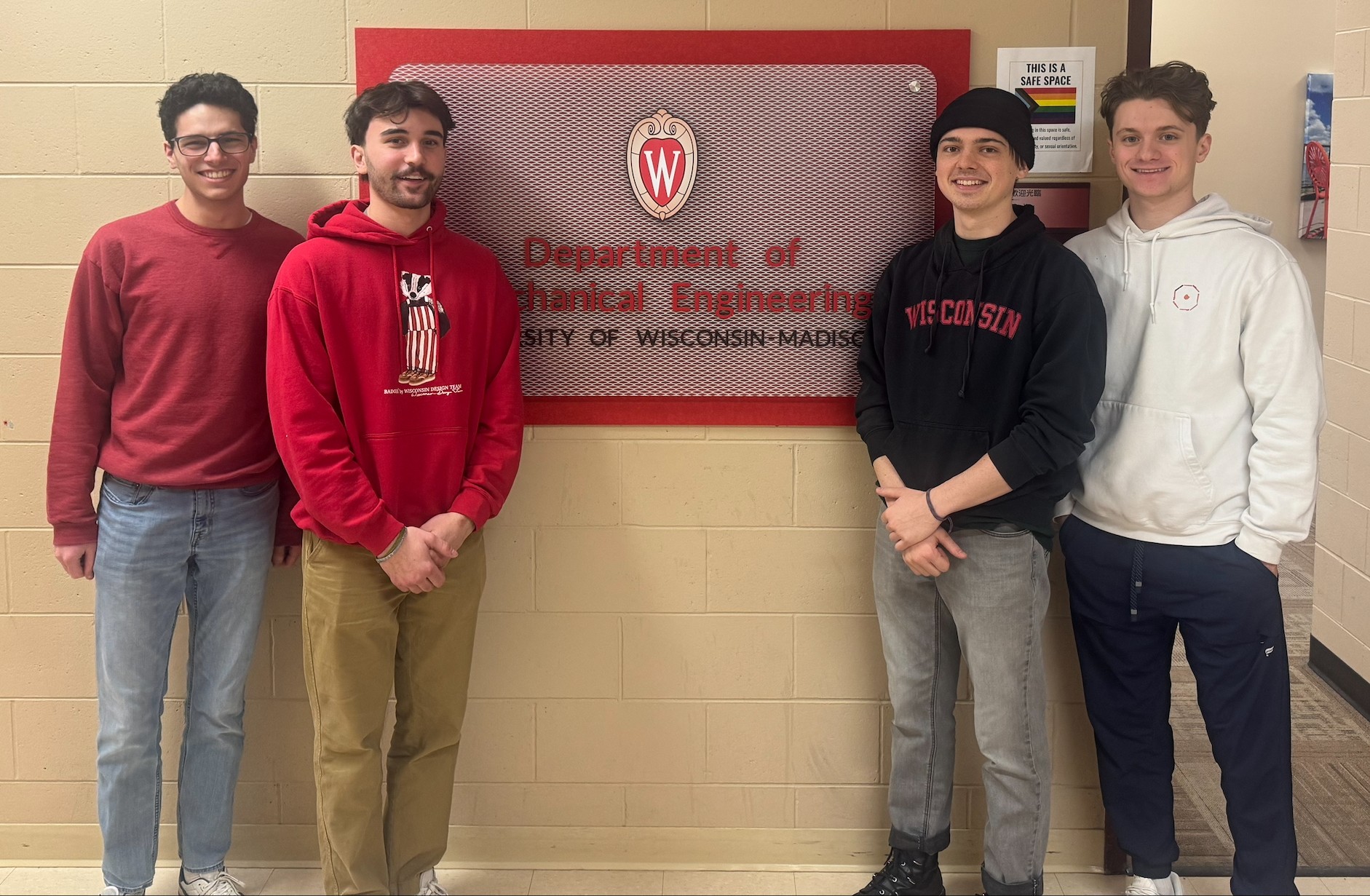 High Throughput Imaging for Everyone
High Throughput Imaging for Everyone
Problem statement
A comprehensive study from the World Health Organization on foodborne parasitic diseases found that over 400 million cases occurred globally in the year 2010, mainly impacting low- and middle-income nations. Greater access to the tools necessary to research such pathogens in the places that suffer the most could greatly reduce this number. This research benefits from large samples and quick turnaround; typical microscopy techniques for high-throughput imaging use expensive robotic components or lower-resolution wide-field lenses. Precision robotics as simple as a motorized microscope stage can cost thousands of dollars (EO Motorized XY Stage). Dr. Gil Bub at McGill University has proposed the use of random access parallel (RAP) microscopy, a novel method that allows for simultaneous live recording of many samples without the need for any robotic components. An RAP microscope uses a parabolic reflector and sequenced LED flashes to simultaneously image many samples in a standard well plate. The current prototype costs over $5,000 to build – more reasonable than the alternatives, but still outside the reach of under-resourced labs. We intend to deliver a 3D printable, open-source version of Dr. Bub’s RAP microscope. Previous literature has proven that 3D printed parts can provide the precision required by high-magnification optics. Our solution will provide low-barrier-to-entry RAP technology in a durable, precise, easy-to-use package, available for anyone to print and deploy .
Team members
Jacob Gitler – admin
Jonathan Mccoy – accountant
Lincoln Devine – facilitator
William Goldman – communicator
Client
Gil Bub
McGill University – Physiology